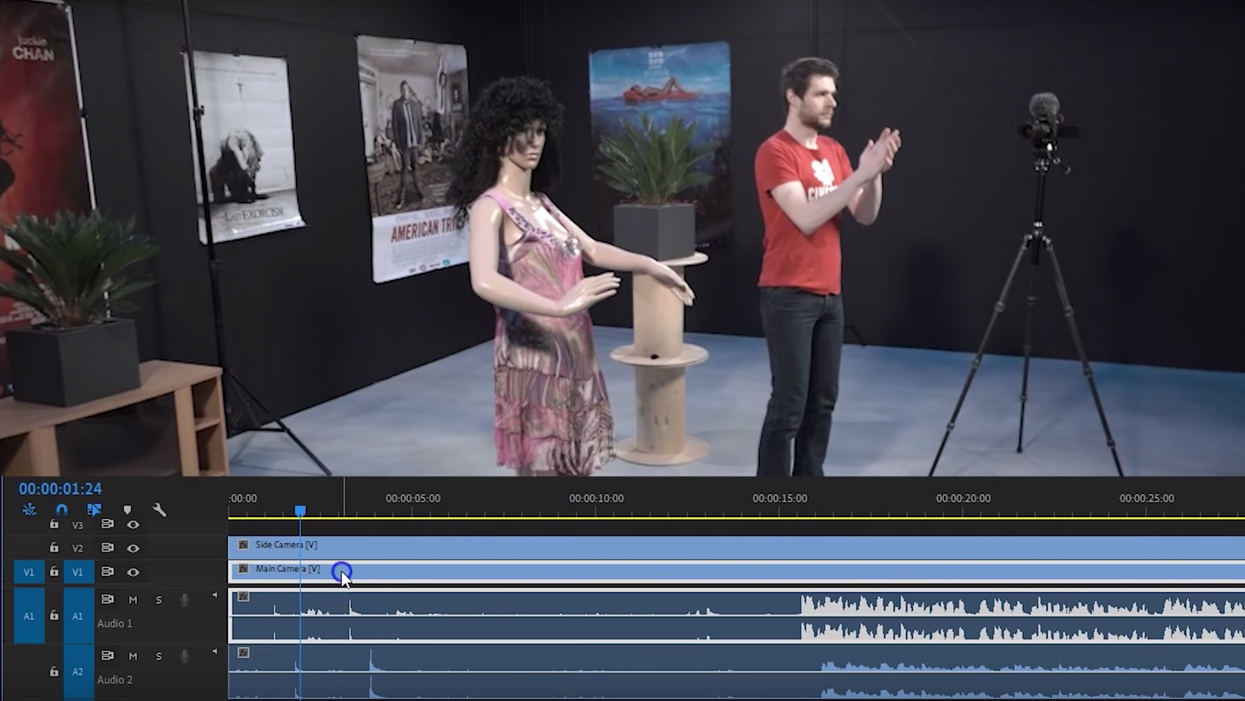5 Premiere Pro Features You May Not Know Exist
Adobe Premiere Pro has a ton of great features, but not all of them are as easy to find as others.

Professional editing programs are chock full of buttons, panels, and tools that help you do a myriad of different tasks in post-production, and even if you're a seasoned vet, chances are there are quite a few of them inside of Premiere Pro that you're unfamiliar with. Luckily, Jordy Vandeput of Cinecom has made a video that reveals a handful of features inside Adobe's flagship video editor, all of which will help you do your work quicker and easier than ever before. Check it out below:
Quickly, let's go over the 5 "hidden" features Vandeput mentions in the video.
- Enable Display Color Management: Making sure that your computer monitor matches the color space of your footage in your timeline is super important, and choosing "Enable Display Color Management" in the General options can help with that. It's not always needed, though, so be sure to check out this article if you don't know for sure.
- Synchronize Audio: Synching audio can be incredibly tedious, but Premiere Pro has a feature that allows you to do it automatically by selecting your audio tracks, right-clicking, and choosing "Synchronize."
- Track Keyframes: The keyframe button, located in the track options on your timeline, allows you utilize the "Track Keyframes" feature, which, when "Volume" is selected, allows you to add and adjust audio level keyframes in respect to the entire audio track instead of each individual audio clip.
- Consolidate Duplicates/Remove Unused: Tons of duplicate and unused clips crowding your project panel? Go up to Edit and click on "Consolidate Duplicates" or "Remove Unused" to get rid of them.
- VST Plugins: If you want to change the way you edit your audio, say, with a more accommodating interface, Premiere Pro allows you to download and use many different third-party VST plugins. Just click on the drop-down menu in the Effects Window, select the Audio Plug-in Manager, and add whichever VSTs you like. (Maker sure they're compatible, though.)
What are some other "hidden" features inside Premiere Pro that you think editors should know about? Let us know down below.
Source: Cinecom











